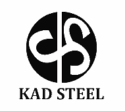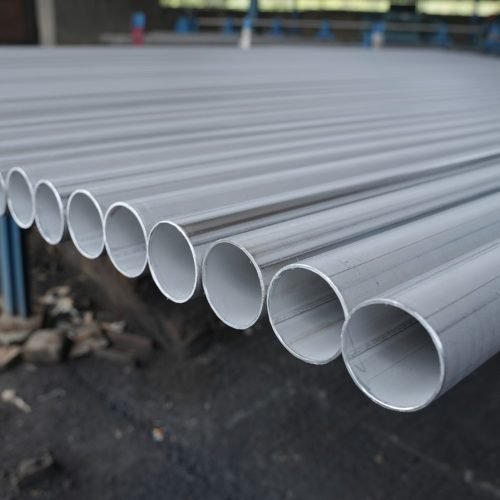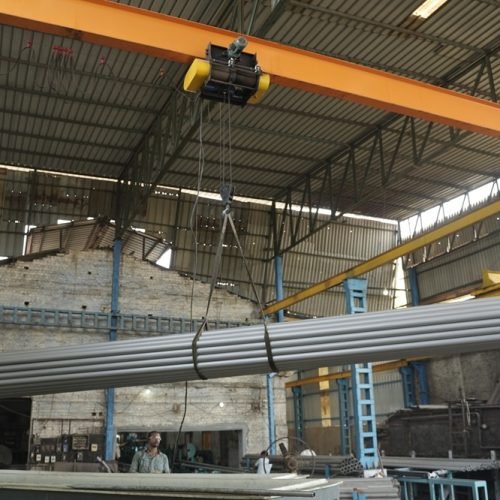Not everything that shines stays strong, especially by the sea. Stainless steel might look the part, but when it comes to marine environments, performance depends on the grade. At Kad India, we’ve helped many clients upgrade from general-use steel to marine-grade 316L, and the results speak for themselves. In this post, we’ll break down the key differences between 304 and 316L, so your next project is built to last and not just to look good.
304 vs 316L Stainless Steel for Marine Applications
By Kad Steel Rolling Mills
| Property | 304 Stainless Steel | 316L Stainless Steel |
|---|---|---|
| Saltwater Resistance | Poor – Prone to pitting and rust | Excellent – Highly resistant to corrosion |
| Key Difference | No molybdenum | Contains molybdenum for marine-grade protection |
| Weld Performance | OK – Can corrode at heat-affected zones | Better – Low carbon reduces weld decay risk |
| Typical Marine Use | Rarely used – Short lifespan | Widely used – Reliable in marine environments |
| Lifespan Near Coast | Short – Needs replacement | Long – Withstands salty air and moisture |
| Cost | Lower upfront | Higher upfront, lower long-term maintenance |
| Best For | Indoor/dry areas | Boats, docks, offshore plants, coastal piping |
Choosing the right stainless steel matters, especially near the sea. 316L offers better protection, longer life, and fewer headaches than 304 in marine environments. At Kad Steel Rolling Mills, we help you make the right choice the first time.



